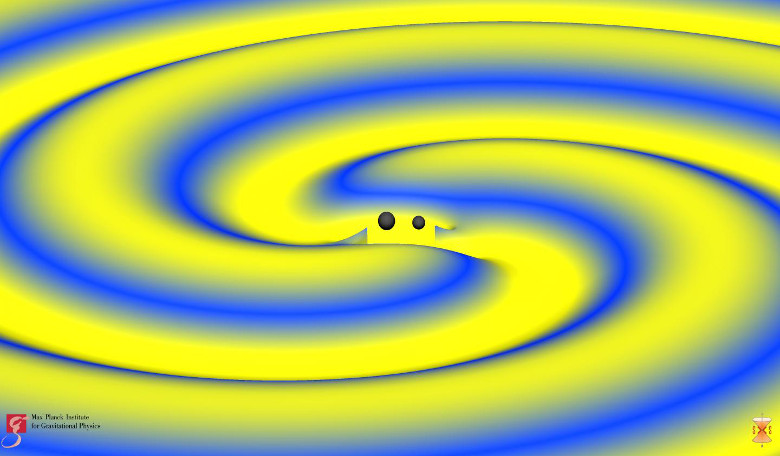Proving that the first two detections were not a fluke, scientists have detected gravitational waves for the third time at the Laser Interferometer Gravitational-Wave Observatory (LIGO) detectors, located in Livingston, Louisiana, and Hanford, Washington.
Referred to as ripples in the fabric of spacetime, these waves carry information not only about their origins but also provide data about the nature of gravity that cannot otherwise be obtained.
Last years announcement of the first detection of gravitational waves shook the science community and its success was quickly matched by a further detection later that same year. As with both detections beforehand, this third one is as a result of the merger of two black holes.
This newly detected merger however, occurred approximately 3 billion years ago – twice the age (and more than twice the distance) of the first two events – which occurred 1.3 and 1.4 billion years ago, respectively.
Nonetheless, the mass of the two black holes that produced the waves does not deviate significantly and is somewhere in the middle of the first two. With LIGO's first discovery, the two black holes in question were about 36 and 29 times the mass of the sun, whereas for the second event the black holes were relative lightweights, being only 14 and eight times the mass of the sun. The waves generated from this merger occurred from two black holes that are more than 31 and 19 times the mass of the sun, respectively, that left behind a massive black hole that is slightly less than 49 times the mass of the sun, once the merger was complete. Any discrepancies in mass is attributed to the transformation of mass into gravitational energy.
"The observation and interpretation of yet another LIGO signal, GW170104, confirms the success of our theoretical program to model binary black holes," said Alessandra Buonanno, a UMD College Park Professor of Physics and LSC principal investigator who also has an appointment as Director at the Max Planck Institute for Gravitational Physics in Potsdam, Germany.
Buonanno, who has been at the forefront of developing highly accurate models of gravitational waves produced from orbiting and colliding black holes, explained that her team has made substantial improvements to their methodology in between LIGO's observing runs.
"For the third LIGO signal we could gather some evidence that at least one black hole might be rotating in a direction misaligned with the overall orbital motion – a spin configuration favoured by some astrophysical formation scenarios of binary black holes,” Buonanno added.
The longer distance that the gravitational waves have had to travel for this latest detection has also helped researchers look for an effect called dispersion. Dispersion is the phenomenon behind how prisms create a rainbow for example and is simply that light waves in a physical medium such as glass travel at different speeds depending on their wavelength. Einstein's general theory of relativity forbids dispersion from happening in gravitational waves as they propagate from their source to Earth and true to Einsteins prediction, LIGO did not find evidence for this effect in this latest detection.
"Einstein still seems to have been right about the true nature of gravity," added Peter Shawhan, an associate professor of physics at UMD and an LSC principal investigator who serves as Data Analysis Committee Chair for the LSC.











